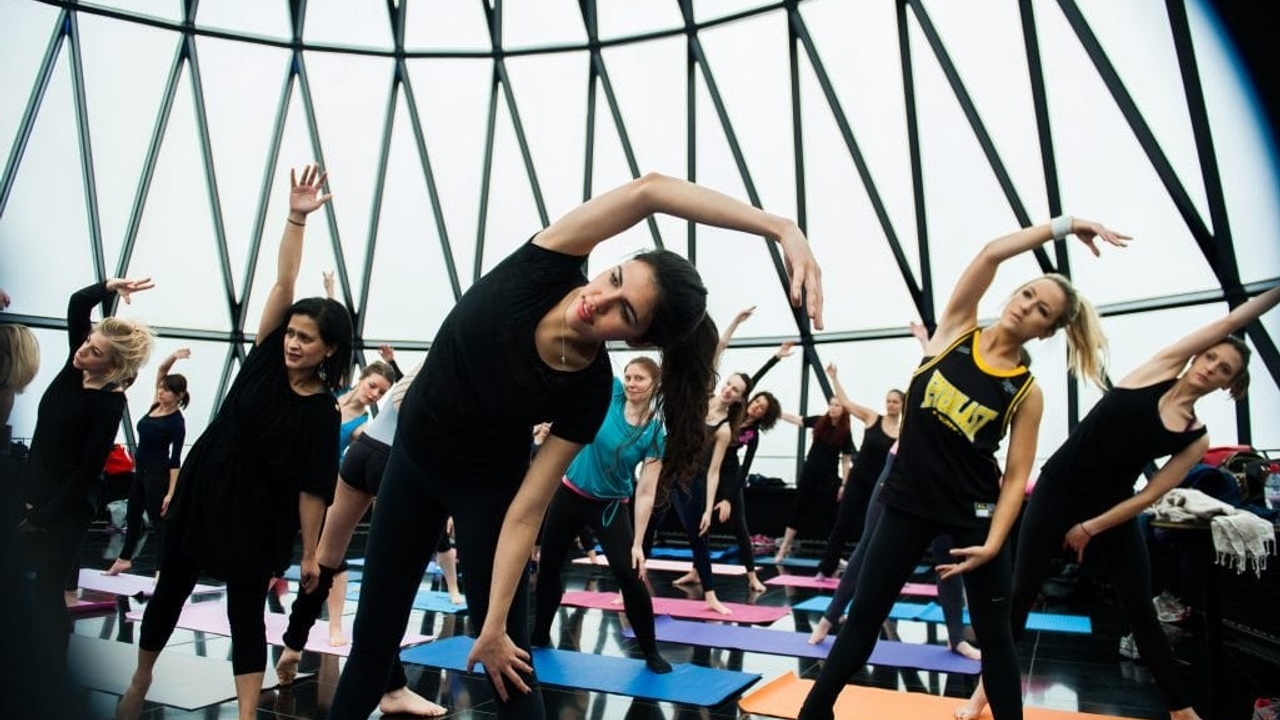5 Health Benefits You Will Experience When You Start Dancing
Jan 26, 2021
Dance has always been associated with various cultures, traditions, and celebrations. This oldest art form has been a part of our life for centuries. With hundreds of forms practiced globally, dancing creates a powerful universal language for self-expression. From recreation to competition, dance can be a hobby, a profession, and a form of exercise.
For many people, dance is now a part of their fitness and well-being regime. A recent study shows that people involved in dancing activities regularly achieve more life satisfaction and physical fitness. The integration of mobility, mindfulness, and social skills contribute to this life-improvement. Another research reveals that dancing combines aerobics fitness, sensorimotor skills, and cognition to improve the balance and brain structure of those in their later years. It can also prevent the age-related decline of physical and mental abilities. However, the benefits of dance are not confined. Whether you are young or aging gracefully, a trained dancer or an amateur, here are the five health advantages you start experiencing when you start dancing!
- All Dance Forms Strengthen Bones
People lose bone mass or density as they age. It can makes bones brittle and weak and can lead to osteoporosis and fractures. Your bones become strong when a certain amount of strain is placed on them. Reports show that moderate weight-bearing exercises like dancing strengthen bones. Dancing involves a varied dynamic of movements that challenge both your muscles and bones. It can eventually form new bone tissue and improve muscle mass and strength. Be it classical ballet, contemporary or Zumba, dance in any form can lower your body weight with less impact on your joints than the likes of running. This in turn prevents pain and potentially arthritic damage.
2. Habitual Dancing Reduces Stress
Dance is a form of exercise and also a way of communicating your emotions. It can provide positive thoughts, engagement, healthy relationships, and a feeling of accomplishment. All these factors are associated with decreasing your stress levels and improving the quality of life. Using dance as a means of fitness provides physical, emotional, and cognitive improvements by resisting, reducing, and escaping the daily stressors.
Too much stress can lead to more severe problems like anxiety and depression. These health issues are often addressed with medications that can have serious side-effects. Many people are now turning towards more natural remedies like CBD (check out Sunday Scaries) well-known for their stress-relieving properties. Using these supplements in your daily routine can enhance the benefits of exercise and help reduce anxiety and depression by relaxing both your mind and body
3. Your Dance Moves Improve Flexibility
Flexibility helps you to move your joints effortlessly. A flexible body can endure more physical stress, it has better balance, and thus sustains fewer injuries. With greater strength and improved physical performance, flexibility promotes sound somatic and mental health. Dancing and dance fitness methods like Sleek include lots of stretching which increases your range of motion as well as improve posture, muscle symmetry, and coordination. For better results, practice a particular dance form regularly and do not force any movement. Take your time. Dance requires you to move your body in unusual ways. Comfortable practice sessions can make it easier by reducing extra strain and improving overall flexibility. and recovery
4. Daily Practices Are Beneficial For Cognition
Many studies have shown favorable results of dancing on memory. In the elderly, it can lower the risk of cognitive decline by more than 75 percent. Moreover, dance improves cognition by improving spatial memory. Prolong dance practices can positively affect the brain. It can increase the hippocampal volume that is related to memory and interpreting environmental contexts. Dancing can also boost the actions involving information processing and white matter integration in the brain.
As dance can help coordinate mind and body, many therapists are now using Dance Movement Psychotherapy (DMP). DMP is the therapeutic use of movement to maintain and improve the brain functions of an individual. The therapists observe the dance steps to understand the mental conditions of patients.
5. Moderate Dance Activities Promote Healthy Heart
As dancing is an overall workout, it is equally beneficial for your heart health. By reducing weight and enhancing your strength and stamina, dance can improve your heart function. Besides, by alleviating anxiety and imparting mental relaxation, dancing can lessen the danger of heart diseases. Research suggests that moderate-intensity dance can even diminish the risk of cardiovascular death. It can develop physical and mental fitness and well-being, vital for strengthening your heart.
Conclusion
Dancing is for everybody who wants to stay fit. Single or in a group, it can bring immense pleasure as soon as you start tapping your feet. Apart from physical fitness, dance can build social networks and support. It is a medium to express and let go of your fear and hesitation. You can always feel your spirits lifting when you dance! Don’t wait for the next occasion to show your moves. Book a class or just put some music on and start dancing now for that extra mind-body agility.

